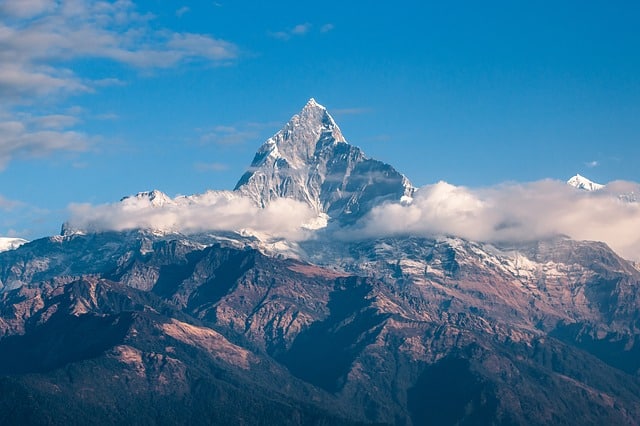
Himalayan Mountain Range has received its name from a Sanskrit word, Himalaya. Hima stands for ‘snow’, whereas alaya stands for ‘abode’. Thus, Himalaya means ‘the abode of snow’. the Himalayas cover a length of about 2,400km. The Himalayan Range has about 100 mountain peaks exceeding 7,200 meters.
 Geology of Himalayan Mountain Range
Geology of Himalayan Mountain RangeThe Himalayan Mountain Range is known to be one of the youngest mountain ranges in the world. In the Miocene Period, there was a sea known as the Tethys Sea, where the Himalayan range is located now.

Divisions of Himalayan Mountain Range
There are five divisions of Himalayan Mountain Range. They are the Greater or Central Himalayas with the highest and oldest peaks in the world (many of which are in Nepal), the Shiwaliks or Outer Himalayas located in between the Great Plains and Lesser Himalayas,
 Significance of Himalayan Mountain Range
Significance of Himalayan Mountain RangeHimalayan Mountain Range acts as a natural barrier in the northern part of the Indian peninsula, due to its large size and expanse. Himalayan Mountains have hindered trade routes and prevented military expeditions across its expanse. These mountains have not only protected the country from invasion from the north, but have also sheltered the vast plains of northern India from the ice cold winds from Tibet.
 Tourism in Himalayan Mountain Range
Tourism in Himalayan Mountain RangeHimalayan Mountain Range is famous for adventure tourism among climbers and trekkers throughout the world. It offers some of the finest trekking and mountaineering challenges.
Read more : Himalayan Mountain Range, Indian Mountain